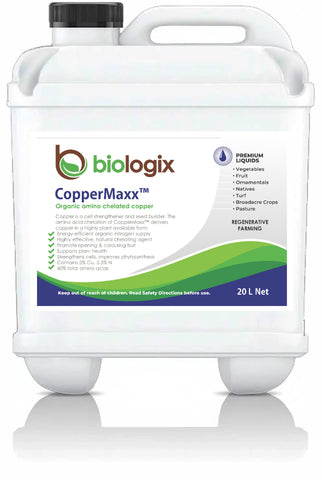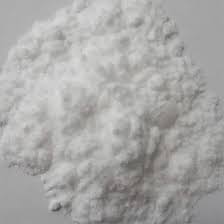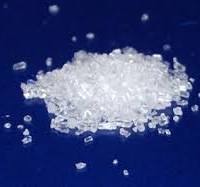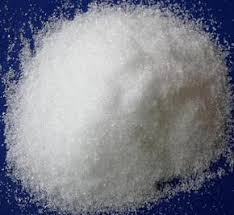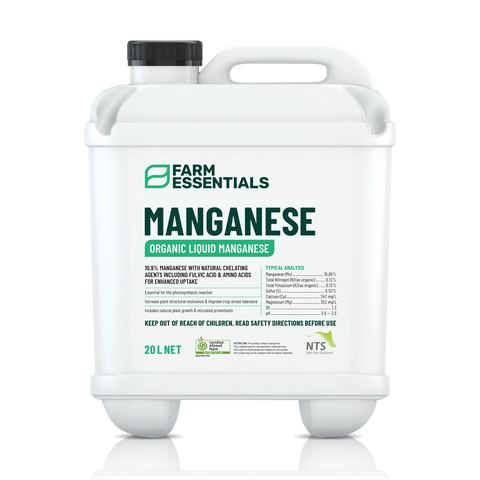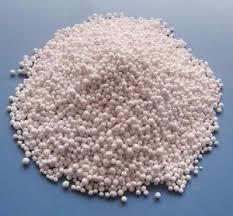
ProductDrop
Manganese sulphate (MnSO₄) is an effective source of manganese (Mn), a vital trace mineral for crops and pastures. It plays a key role in plant health and productivity, particularly in manganese-deficient soils, which can be an issue in certain New Zealand (NZ) regions. Below is a concise overview for a grower, including deficiency symptoms and NZ-specific references.
Benefits of Manganese Sulphate to Crops and Pastures
-
Supports Photosynthesis and Enzyme Activity:
-
Manganese is essential for the enzyme that drives the water-splitting reaction in photosynthesis, producing oxygen and energy for plant growth.
-
It also activates enzymes involved in carbohydrate and nitrogen metabolism.
-
Result: Enhanced energy production, leading to better growth and higher yields in crops like cereals and vegetables, and denser pasture swards.
-
-
Improves Disease Resistance:
-
Manganese strengthens plant defenses by supporting lignin and phenol production, which fortify cell walls against pathogens.
-
It can reduce the incidence of diseases like take-all in wheat or powdery mildew in peas.
-
Result: Healthier plants with lower disease-related yield losses.
-
-
Enhances Pasture Productivity:
-
In pastures, manganese ensures efficient photosynthesis and growth, particularly in grasses and legumes like clover.
-
It supports faster regrowth after grazing, improving forage availability.
-
Result: Increased dry matter production and better carrying capacity for livestock.
-
-
Boosts Crop Yield and Quality:
-
Manganese is critical for seed formation and fruit development in crops like peas, beans, and root vegetables.
-
In cereals like wheat and barley, it improves grain filling and quality.
-
Result: Higher yields and better-quality produce, such as improved tuber quality in potatoes.
-
-
Corrects Deficiency in NZ Soils:
-
Manganese deficiency is common in NZ’s high-pH, calcareous soils (e.g., in parts of Canterbury) or over-limed soils, where manganese becomes less available.
-
Applying manganese sulphate restores levels, ensuring plants can access this essential nutrient.
-
Result: Prevents yield losses and maintains consistent productivity.
-
-
Improves Stress Tolerance:
-
Manganese helps plants cope with environmental stresses like drought or heat by supporting metabolic processes and reducing oxidative damage.
-
Result: More resilient crops and pastures, leading to stable yields under NZ’s variable climate conditions.
-
Deficiency Symptoms of Manganese in Crops and Pastures
Manganese deficiency shows distinct symptoms, often more pronounced in certain NZ soil types:
-
Interveinal Chlorosis: Yellowing between veins on younger leaves, with veins remaining green, seen in crops like oats, peas, and potatoes.
-
Grey Speck in Cereals: In oats, a classic symptom is “grey speck,” where small greyish-white patches appear on leaves, common in NZ’s South Island.
-
Stunted Growth: Plants exhibit reduced leaf size, slowed growth, and poor root development, impacting overall vigor.
-
Reduced Yield and Quality: In pastures, grasses and clover become pale and sparse; in crops like peas, pod development is poor, and in potatoes, tubers may show internal browning.
-
NZ-Specific Observations: Research from Lincoln University in Canterbury has noted manganese deficiency in wheat and barley on over-limed soils, leading to patchy growth and yield losses of up to 20% if uncorrected.
Practical Impact on Yield with NZ References
-
Crops: Studies in NZ, such as those by AgResearch, have shown that applying manganese sulphate to deficient soils can increase wheat yields by 10–15% and improve pea yields by up to 20%, particularly on the South Island’s calcareous soils.
-
Pastures: In NZ dairy pastures, correcting manganese deficiency can boost dry matter production by 5–10%, supporting higher milk production, as noted in trials in Waikato.
-
NZ Context: Manganese deficiency is a known issue in regions like Canterbury and Southland, where high soil pH or excessive lime application reduces manganese availability, according to the NZ Ministry for Primary Industries (MPI) guidelines.
Application Tips
-
Soil Testing: Test soil pH and manganese levels, as deficiency is common in NZ soils with pH > 6.5 or in peaty, sandy soils.
-
Application Methods: Use manganese sulphate as a foliar spray (0.5–2% solution) for quick correction, or apply to soil (5–10 kg/ha) for longer-term benefits.
-
Timing: Apply early in the growing season or at the first sign of deficiency, especially during rapid growth phases in spring.
-
Caution: Avoid over-application, as excess manganese can cause toxicity, leading to brown leaf spots or reduced growth.
By using manganese sulphate to address manganese needs, you can enhance photosynthesis, disease resistance, and productivity in both crops and pastures, particularly in NZ’s challenging soil conditions. If you’re working with a specific crop or region in NZ, I can provide more targeted advice!
We Also Recommend

